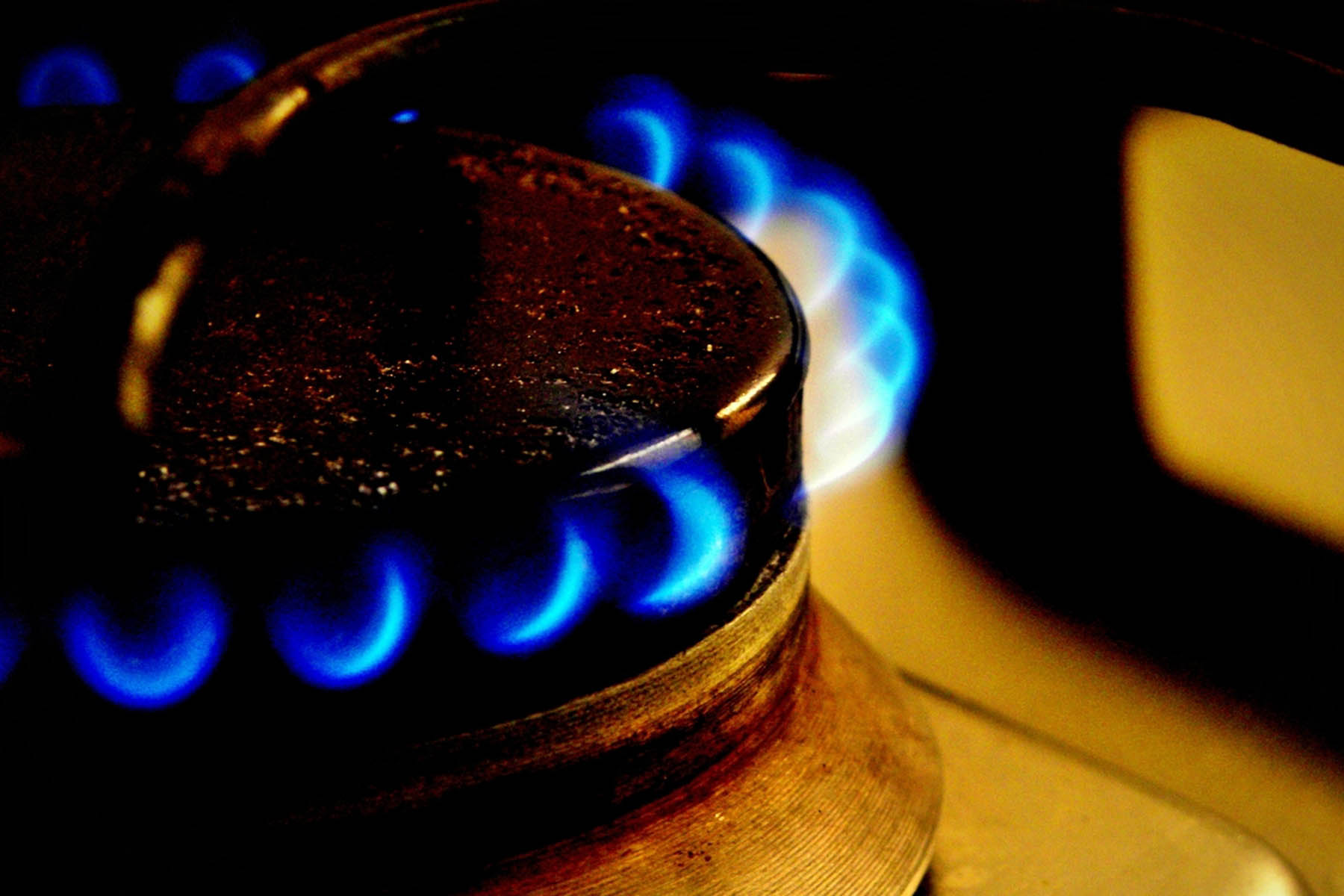Energy consumption in Europe rose for the third consecutive year in 2017, pulling the EU further away from its 2020 energy efficiency objective, according to official figures published on Thursday (7 February)
Energy consumption in the EU increased by 1% in 2017, according to Eurostat.
Primary energy consumption amounted to 1,561 million tonnes of oil equivalent (Mtoe), while final energy consumption reached 1,222 Mtoe. Both increased by around 1% compared to the previous year, Eurostat said.
Energy production and use, including transport fuels, account for some 80% of the EU’s greenhouse gas emissions, making energy consumption a key indicator in the fight against global warming.
In 2017, primary energy consumption in the EU was 5.3% above the efficiency target for 2020, while final energy consumption was 3.3% above target.
And the long-term trend is not encouraging either. Since 1990, consumption has fallen by only 0.4%, Eurostat indicated.
“The gap to energy efficiency target for 2020 continued to widen,” the EU’s statistical agency said in a note.
The EU has set itself a 20% energy savings objective for 2020, which is roughly equivalent to turning off 400 power stations, according to the European Commission.
Wendel Trio, director of Climate Action Network (CAN) Europe, said the slow down of progress in energy efficiency was “worrying” and called on EU national governments to take urgent action.
“EU Member States need to think twice if they believe that the energy efficiency targets will be achieved by themselves. On the contrary, they require implementation of bold measures for energy savings in all sectors,” Trio said.
“With science clearly indicating that short-term climate action is crucial to keep temperature rise to 1.5°C within reach, the Eurostat data on energy consumption should sound an alarm bell for the EU over the need to do more and to do it faster,” he added.
“It’s the economy”
Samuel Thomas is a senior advisor at the Regulatory Assistance Project (RAP), an independent NGO. According to him, the figures “should not be a surprise” and are mainly explained by GDP growth.
“It’s the economy. Between 2014 and 2017, EU gross domestic product grew at its fastest rate since the mid-2000s and, however much we would like to kid ourselves, economic activity is not yet meaningfully decoupled from energy consumption,” Thomas said in a recent opinion article.
With only a year to go until 2020, he says Europe’s best chance of meeting the energy efficiency targets are related to uncontrollable events, like an economic slowdown, or an exceptionally warm winter.


